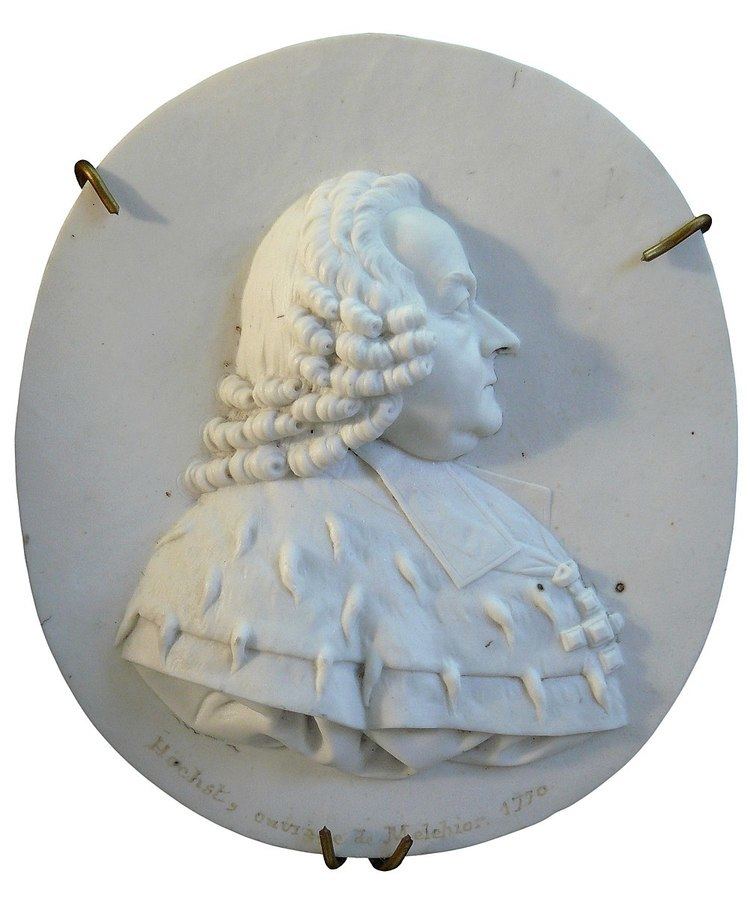 | ||
Biscuit, refers to pottery that has been fired but not yet glazed. Biscuit is any pottery after the first firing and before any glaze is applied. This can be a final product such as bisque porcelain, or unglazed earthenware, often called terracotta, or, most commonly, an intermediary stage in a glazed final product.
The porous nature of biscuit earthenware means that it readily absorbs water, while vitreous wares such as porcelain, bone china and most stoneware are non-porous even without glazing. The temperature of biscuit firing is usually at least 1000°C, although higher temperatures are common. The firing of the ware that results in the biscuit article causes permanent chemical and physical changes to occur. These result in a much harder and more resilient article which can still be porous, and this can ease the application of glazes.
The first firing is called the biscuit firing, and the second the glaze or glost firing.
